
views
Preparing to Make a Chemical Garden
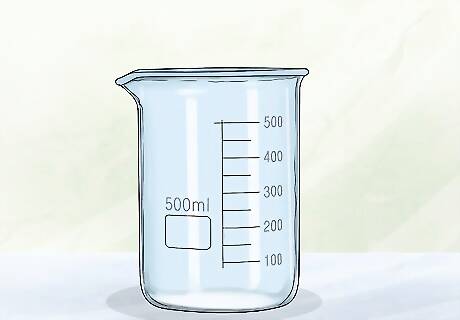
Get a large beaker or substantial glass container. You will need a large beaker or glass container that can be heated slightly without breaking. A beaker between 200 milliliters (6.8 fl oz) and 500mL should work well. This will allow you to make the silica solution and assemble the chemical garden all in the same container. A chemistry beaker works well because it can be heated and because it may have measurements on the side that allow you to measure the correct amount of water to start your solution.
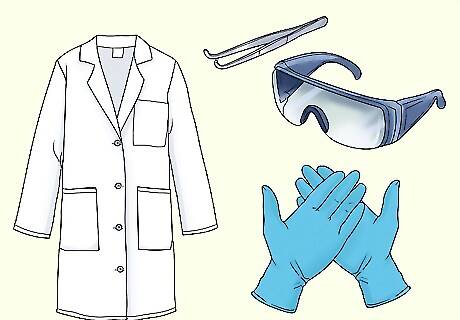
Make sure you have appropriate safety gear. You will need to wear goggles and gloves during the project. This will help protect you from the potential chemical burns or contact with known carcinogens that can come from skin contact with certain substances. You may also want to wear something to cover your clothes. This could be either an apron or a lab coat. You will also need a pair of forceps or tweezers that you can use to handle the metal salts. Even though you will be wearing gloves, it is best to use forceps to avoid the risk of contact.
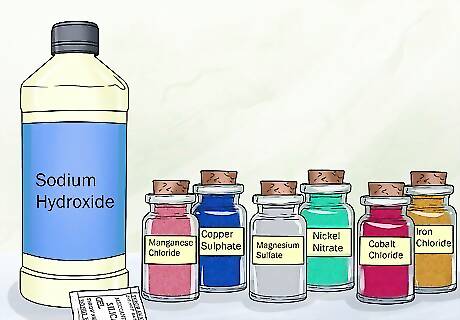
Gather the chemicals you will need. First, you will need the chemicals required to make the sodium silicate solution. This consists of 32 grams (1.1 oz) of sodium hydroxide and 48 grams (1.7 oz) of crushed silica gel beads. You will also need metal salts to add to the solution. These can vary widely, depending on what you want to use and what is available to you. Metals salts to use include copper sulphate (produces blue), nickel nitrate (produces green), iron chloride (produces orange), manganese chloride (produces purple), cobalt chloride (produces red), and magnesium sulfate (produces pink). Each one will produce a different color and will grow at a different rate. You can purchase all of these chemicals online. They are usually distributed by chemical companies that provide chemicals for school or business chemistry labs.
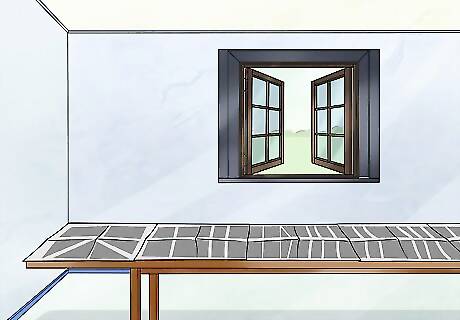
Prepare an area for assembly. You will want to create your chemical garden in a spot where the beaker can sit for a few days undisturbed. You also want to ensure that the area is clear of clutter and can be cleaned if you happen to accidentally drop any of the metal salts outside of the beaker. If are doing this project on a table that you don't want accidentally damaged, consider covering it with newspaper. This paper should be taped down, so that it doesn't move and cause your beaker to move as well. When doing a chemistry project, it's a good idea to do it in an area that has good ventilation. This will allow you to avoid the dangers of chemicals mixing and producing fumes. However, this project, as described, should not produce any toxic fumes or gases.
Creating the Chemical Garden
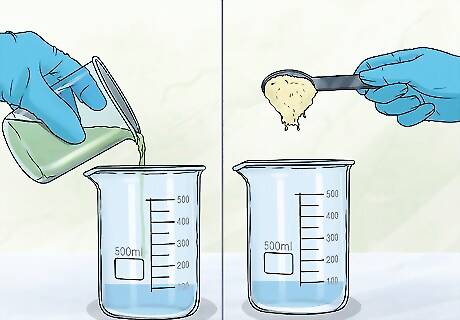
Make the silica solution. To make the silica silicate solution, also known as water glass, you will need to combine the sodium hydroxide and silica beads with water. Begin by filling the beaker with 80 milliliters (2.7 fl oz) of water. Heat the water slightly, as this will help the chemicals you are adding dissolve into the water. Add 32 grams of sodium hydroxide and mix until thoroughly combined. Then add 48 grams (1.7 oz) of crushed silica gel beads to the solution and stir until combined. Make sure the silica solution is at room temperature before moving on with the project. The chemical reaction you are looking for with a chemical garden does not require heat, so you may need to let the solution cool for a while before it is used.
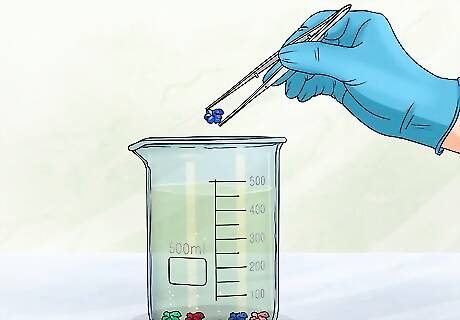
Drop the metal salts into the solution. Use forceps or tweezers to handle the chemicals. Remember, you should also be wearing gloves while doing this, just to be safe. Try to drop the metal salts so they are scattered evenly across the bottom of the beaker. This will allow each piece to grow unblocked by other pieces sitting on top of them. Using a variety of metal salts creates a more visually interesting garden. This is because the salts are colored differently, grow at different rates, and grow in different shapes.
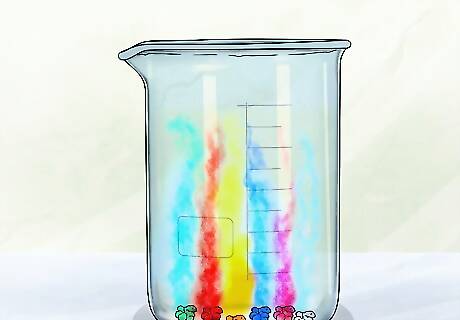
Watch the crystals grow. The crystal tubes grow because the metal salts interact with the silica solution. More specifically, the metal ions are interacting with the silicate ions.
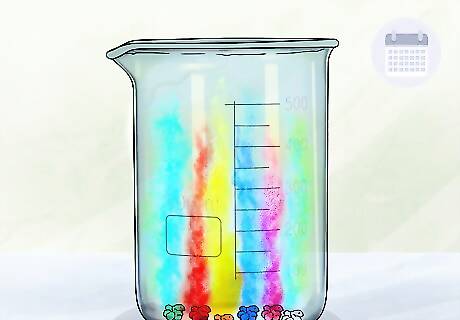
Give your garden time to grow. You should allow the garden to grow for several days without moving it around very much. Moving it around could break the growing tubes. Giving it several days to grow will make for a spectacular garden.
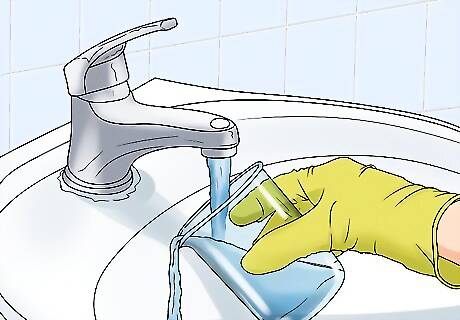
Clean up the experiment properly. When you are done with the experiment, it should be disposed of properly. Consult local regulations about disposal of the chemicals you used. In a few cases, the whole garden can simply be washed down the drain, but many of the salts that can be used are hazardous to the environment. Because of this, you need to look up the regulations about disposal of the specific metal salts you used.




















Comments
0 comment